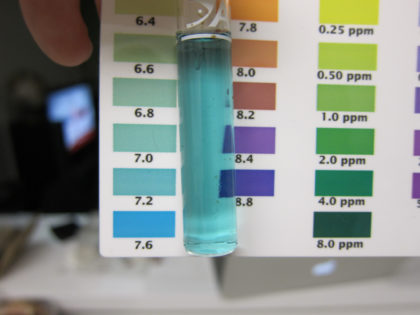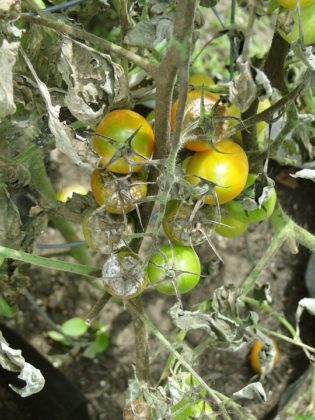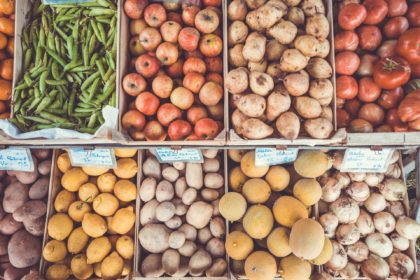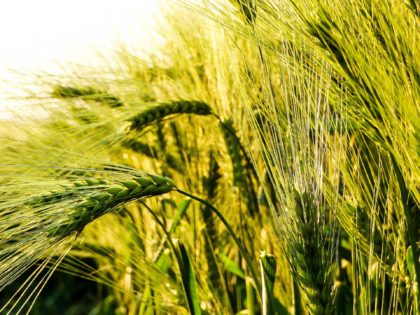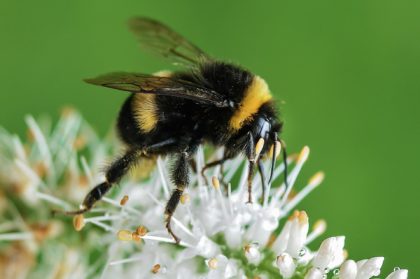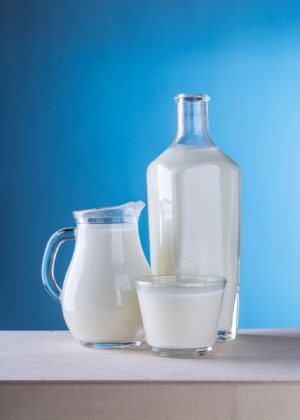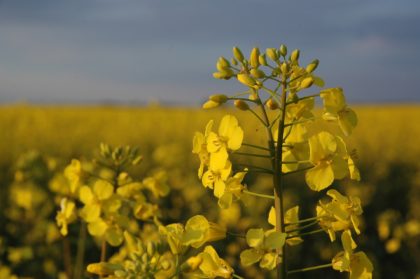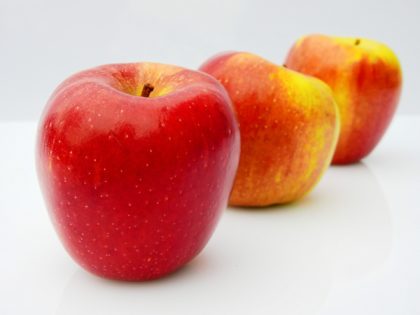Agriculture More than Ever
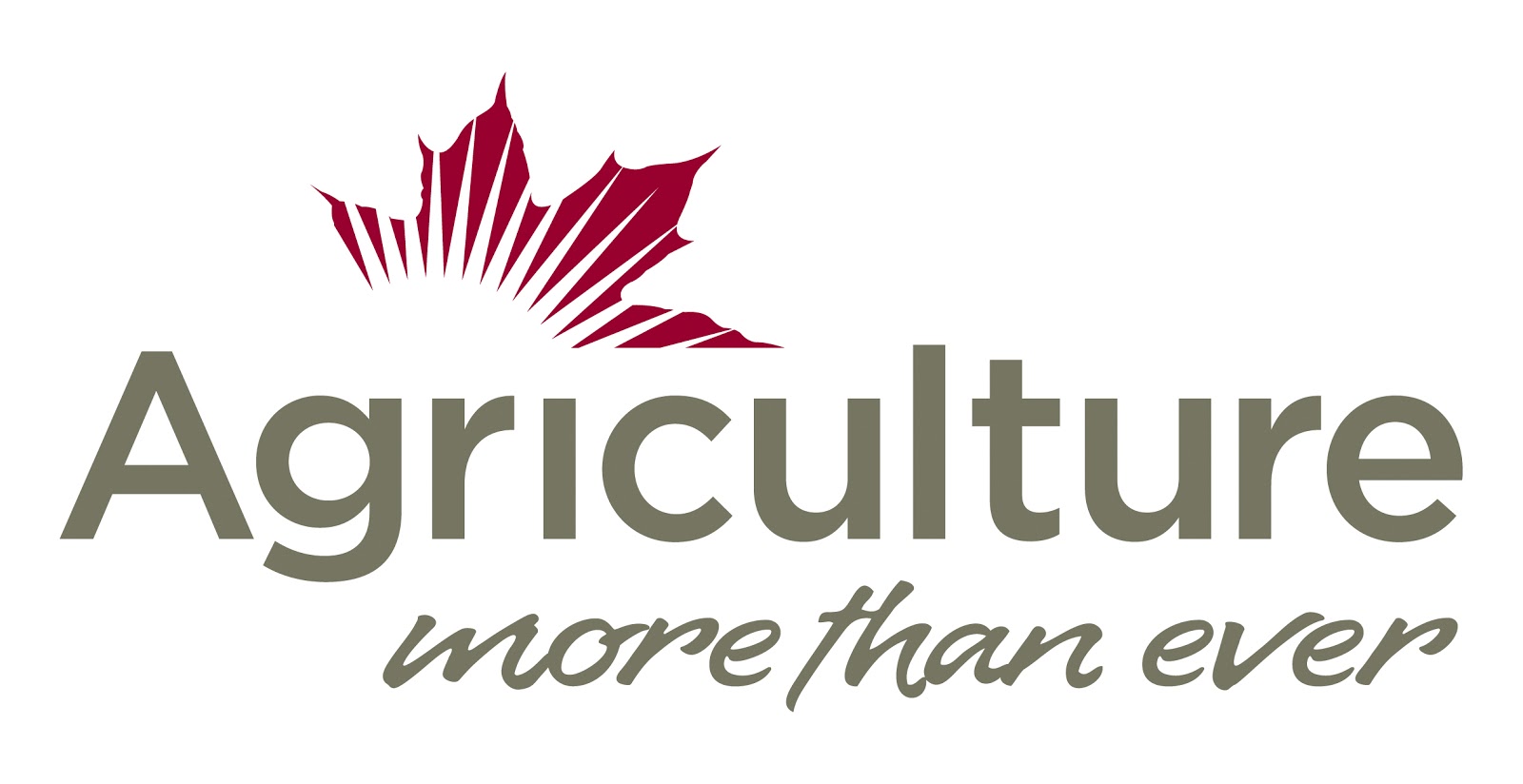
Ag More Than Ever is an industry-driven cause made up of hundreds of partners and thousands of agvocates from across the country, all committed to improving perceptions, dispelling myths and creating positive dialogue about Canadian ag. They provide resources and a forum for agvocates to tell the real, positive story of Canadian ag.



